Dangers Of High Psa Levels Some of the common causes for elevated PSA include age prostatitis benign prostatic hyperplasia and urinary tract infections Even having a medical procedure recent
For men in their 40s and 50s a PSA greater than 2 5 ng ml is considered too high and for men in their 60s a PSA greater than 4 0 ng ml is considered too high Generally the higher a man s High PSA levels can mean many things Prostate cancer especially when caught early is treatable So are many of the other causes of elevated PSA
Dangers Of High Psa Levels
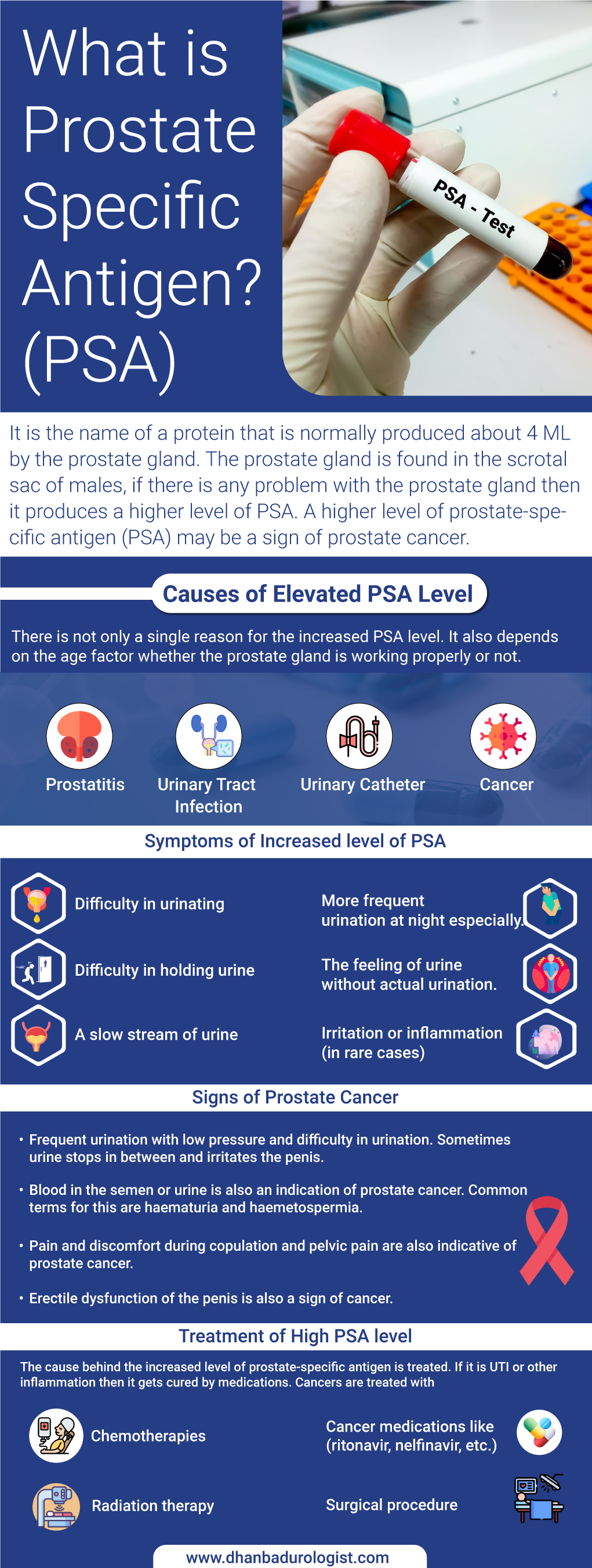
Dangers Of High Psa Levels
https://dhanbadurologist.com/wp-content/uploads/2023/09/Prostate-Specific-Antigen-High-PSA-Levels.png
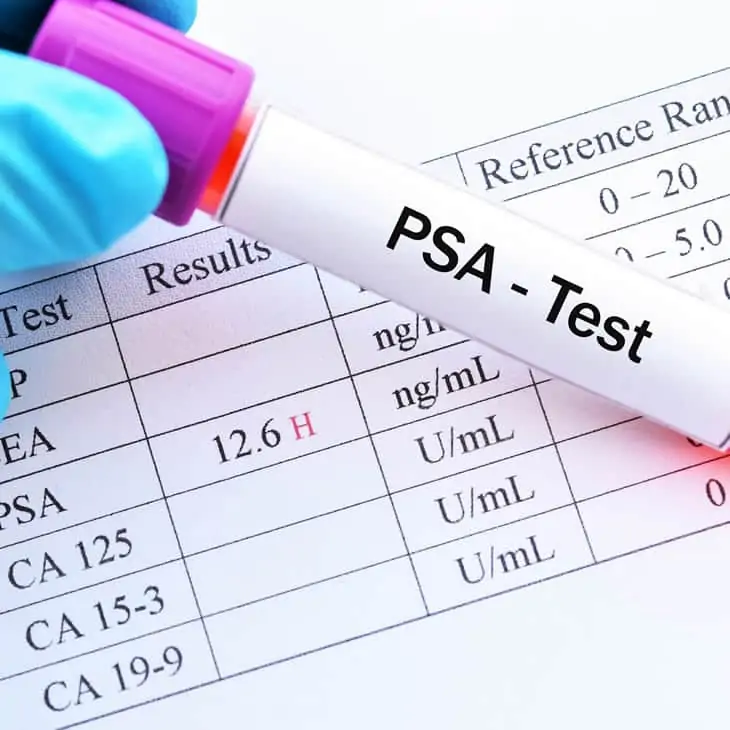
Elevated PSA
https://www.drbevan-thomas.com/wp-content/uploads/2023/04/psa-test-1.jpg

Pin Auf Gesundheit
https://i.pinimg.com/originals/8c/bc/14/8cbc14c51f79cb1944948ae8da60e64e.jpg
Elevated prostate specific antigen PSA levels can be a sign of prostate cancer They can also indicate noncancerous conditions such as prostate enlargement or Regularly monitoring PSA levels is essential but knowing what a dangerous PSA level is can make all the difference in early detection and timely intervention Understanding
In general it is accepted that a PSA level above 4 0 ng mL is considered to be on the high end The National Comprehensive Cancer Network outlines the current PSA results The PSA blood test sometimes misses prostate cancer 1 in 7 men with a normal PSA level may have prostate cancer and 1 in 50 men with a normal PSA level may have a fast growing
More picture related to Dangers Of High Psa Levels

Does High PSA Levels Prostate Cancer Dr Steven Tucker YouTube
https://i.ytimg.com/vi/H7z_j4pscD4/maxresdefault.jpg

I Have High PSA Levels How Do I Find Out If I Have Prostate Cancer
https://blog.radiology.virginia.edu/wp-content/uploads/2019/09/PSA-header_compressed.jpg

Causes Of High Psa Levels PSA Test Mayo Clinic
https://elispot.biz/800/600/https/i.pinimg.com/originals/9c/61/8e/9c618ebc62de4d2019171d5cbbb2d74d.jpg
Determining whether a PSA level is dangerous involves looking beyond just the number itself Generally speaking Elevated Levels A reading above 4 ng mL warrants further investigation Talk to your physician about medications and other factors that can alter your PSA lab test numbers and potentially affect your prostate cancer risk assessment A number of
Typically higher PSA levels are associated with an increased likelihood of prostate issues including prostate cancer benign prostatic hyperplasia BPH and prostatitis Age Certain medications may increase PSA levels by causing the prostate gland to release PSA resulting in extra amounts of the protein in the blood Falsely elevated PSA
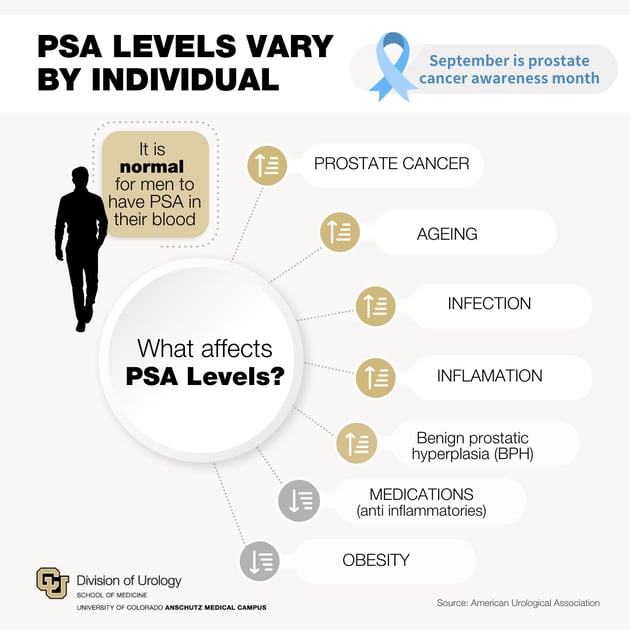
Explaining PSA Numbers
https://news.cuanschutz.edu/hs-fs/hubfs/1.jpeg?width=630&name=1.jpeg

What Causes Elevated PSA Besides Cancer
https://i0.wp.com/post.medicalnewstoday.com/wp-content/uploads/sites/3/2022/06/1748316_ElevatedPSA-01-872x1024.jpg?w=1155&h=3196

https://conradpearson.com › mens-health › elevated-psa
Some of the common causes for elevated PSA include age prostatitis benign prostatic hyperplasia and urinary tract infections Even having a medical procedure recent

https://www.emedicinehealth.com › what_psa_level_is...
For men in their 40s and 50s a PSA greater than 2 5 ng ml is considered too high and for men in their 60s a PSA greater than 4 0 ng ml is considered too high Generally the higher a man s

Prostate Cancer All About PSA Test What Are The Main Causes Of High

Explaining PSA Numbers
-1920w.jpg)
The Dangers Of High CO2 Levels At Work

Explaining PSA Numbers

Cool Tips About How To Lower Your Psa Level Welfareburn20
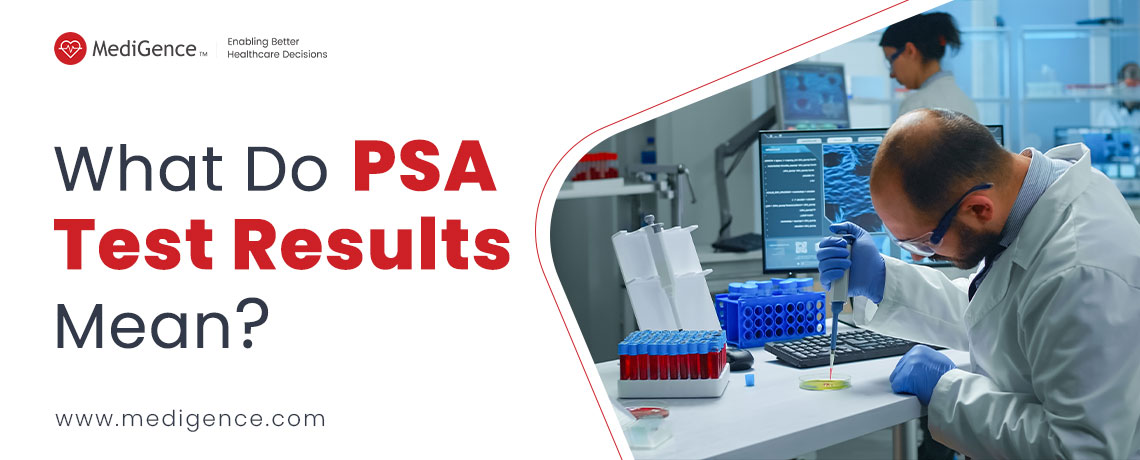
Everything About Prostate Specific Antigen PSA Test Results

Everything About Prostate Specific Antigen PSA Test Results

Elevated PSA BPH Treatment Boise Dr Austen Slade
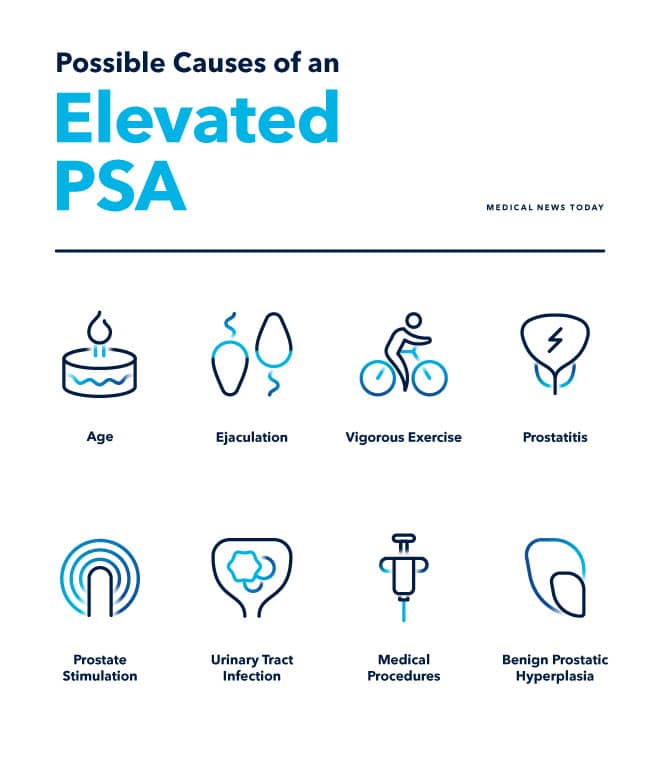
Elevated PSA Noncancerous Causes And Considerations 48 OFF
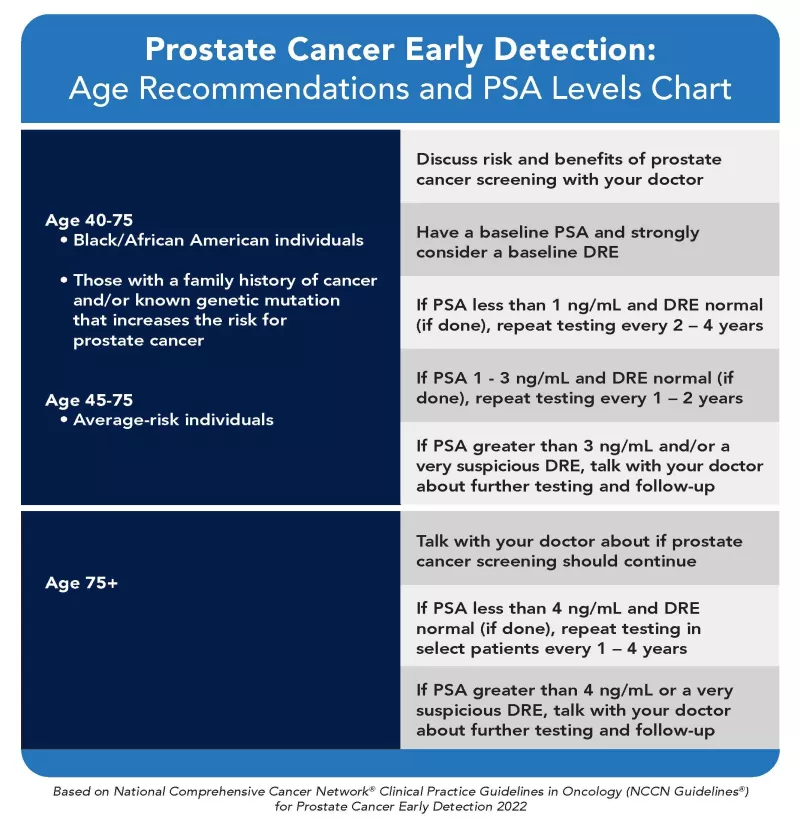
PSA Testing For Prostate Cancer ZERO Prostate Cancer
Dangers Of High Psa Levels - Several factors can cause a person to have elevated PSA levels These include older age prostatitis benign prostatic hyperplasia and urinary tract infections